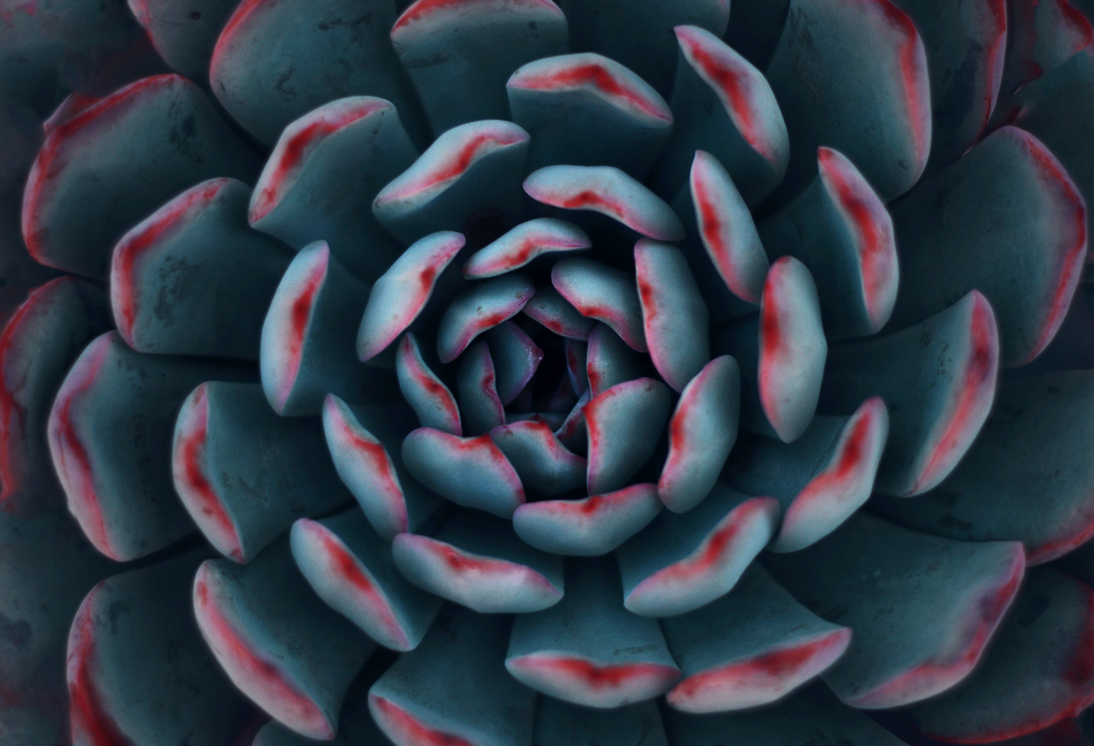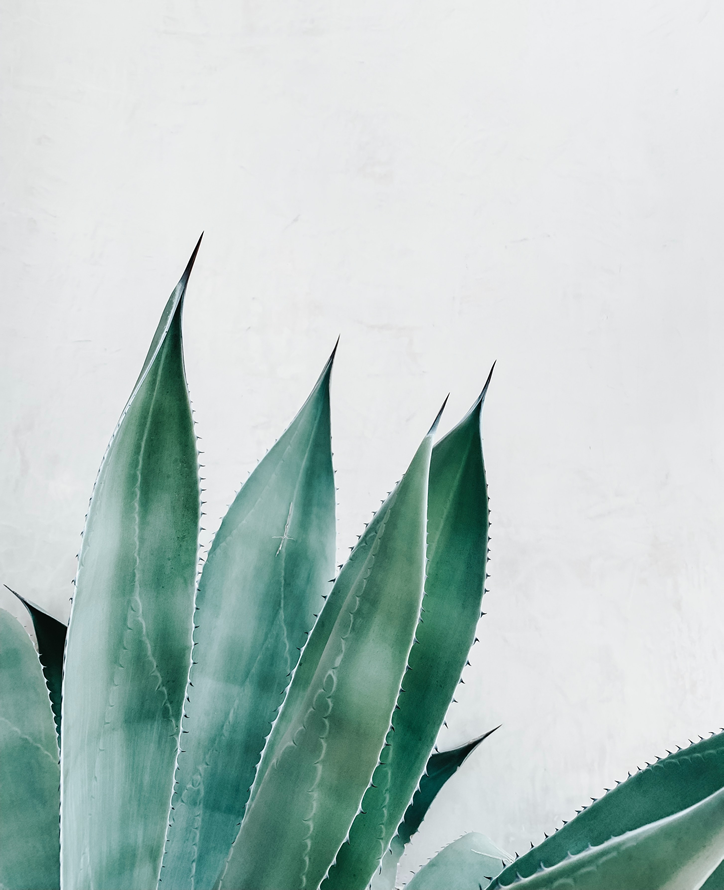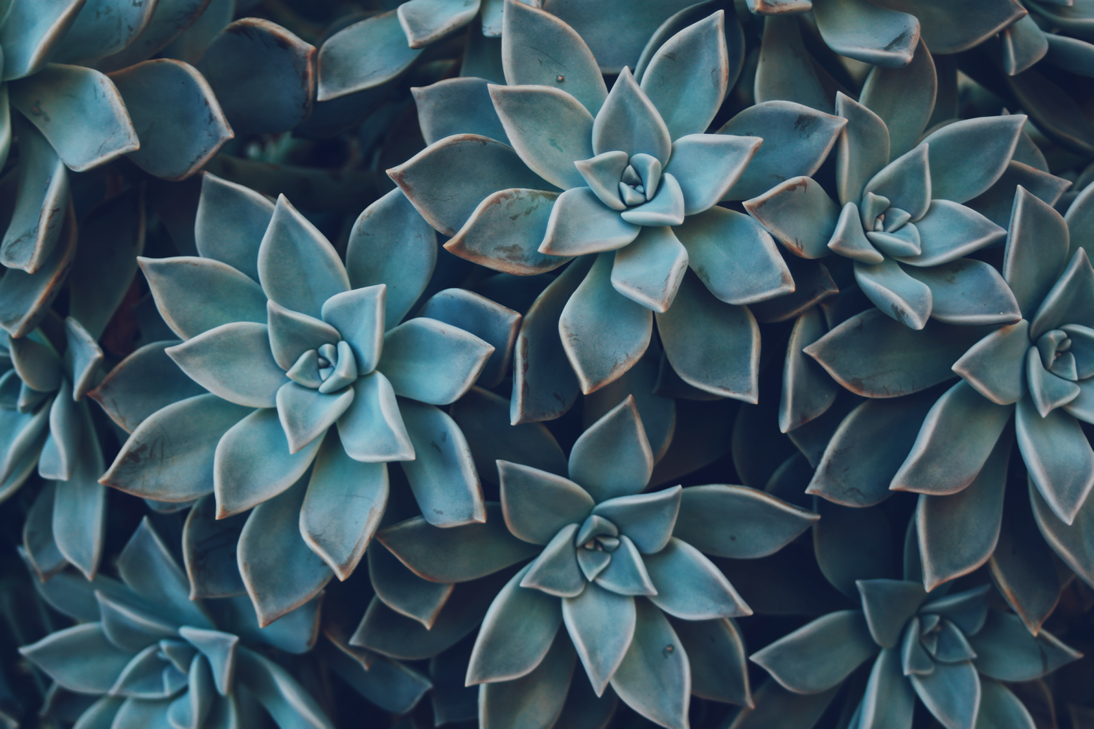Success With Succulents
By Wendy Van Diver
(This article originally appeared in About Town Magazine)
For the past decade, succulents have become increasingly popular and prevalent in San Diego’s gardens. Forgiving and fascinating, their thick, sap-filled leaves provide nourishment through long spells of dry, warm weather and they require little else to survive. But how can we help them thrive?
LOCATION AND CAUTION
For the most part, the succulent varieties that grow most successfully in San Diego originated in similar latitudes around the world. Dudleya succulents, also known as liveforevers, are native to San Diego.
According to Laura Starr, succulent specialist and member of the UCCE Master Gardeners of San Diego County, one of the biggest myths is that succulents are sun worshippers. “Most succulents are not intense lovers of the sun,” Laura says, “their leaves can get burn spots which don’t repair.” When planning to purchase new plants, she recommends first looking around your neighborhood for succulents that are doing well. Take photos of the ones you like so you can ask your grower or nursery about them. “A good indication of how much sun a variety will tolerate is to see where the nursery displays it,” Laura says. “If set under a shade cloth, it’s not a good candidate for all-day sun exposure.” If you’re seeking a sunbather, some succulents, including Dudleyas, have a white coating or tiny hairs on their leaves for natural sun protection.

Photo by Yousef Espanioly on Unsplash
When buying a new plant, go to a grower or nursery you trust, with a staff who can answer your questions. Be sure that the area where the plants are displayed is clean and free of debris. If you fall in love with a cutting you find online, exercise caution. Plants purchased from sources that aren’t local should be isolated for a few days in case they have pests. Also, allow the moist part of the cutting to dry out for a couple of days before propagating.
WATER
Although considered drought tolerant, succulents are not desert plants and they do need water. Yet, they are more tolerant of underwatering than overwatering. Drainage is key for a healthy plant. “Avoid containers without drainage and never let potted plants sit in water, including water-filled saucers,” Laura advises. Overwatering is the main reason for failure with most plants, and especially those in containers.
CARE AND FEEDING
Birds, including hummingbirds, use the juicy leaves and spiderwebs they find on the plant as a source of nutrition, so it’s best to treat and groom your succulents by hand and avoid the use of pesticides. Make it a routine practice to clear out your plants’ older, dried out and rotting leaves and stems to make them less inviting to insects. Mealy bugs are common and should be removed by hand.
Fertilizing isn’t really required and can cause overgrowth. Mulch may be used, but only use rock mulch—never organic. Pruning is useful for propagating, maintaining size, and removing damaged or dead parts. “Your plants will let you know when they want to be repotted,” Laura says. “There will be crowding in the pot as they produce offspring. Combine plants in larger containers as they grow. The individual, smaller ones can produce a beautiful effect, especially in a favorite container.”
“Have fun with these plants,” Laura advises. “If things aren’t working, move them around and water them less. There are many local resources where you can learn more about succulents and how to properly propagate your favorite varieties.” And of course, you can always call the Master Gardeners. ✲

Photo by Derick McKinney on Unsplash
MORE INFO
The California Cactus and Succulent Society cactusandsucculentsociety.org Monthly meetings in Balboa Park and two annual shows
UCCE Master Gardeners of San Diego County mastergardenersd.org
Plant care information, seminars, plant sales
The San Diego Cactus and Succulent Society sdcss.net
Shows and information for the collector


